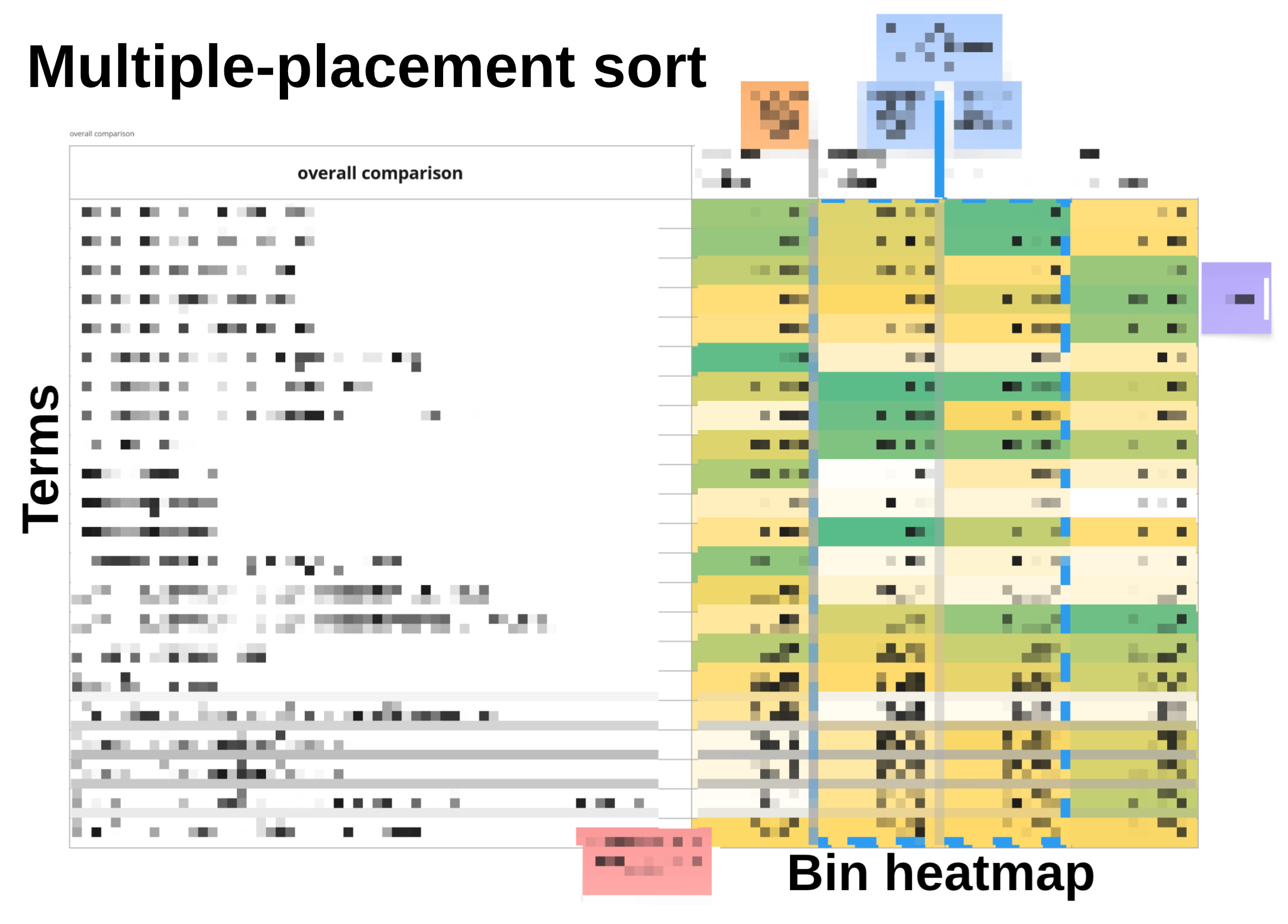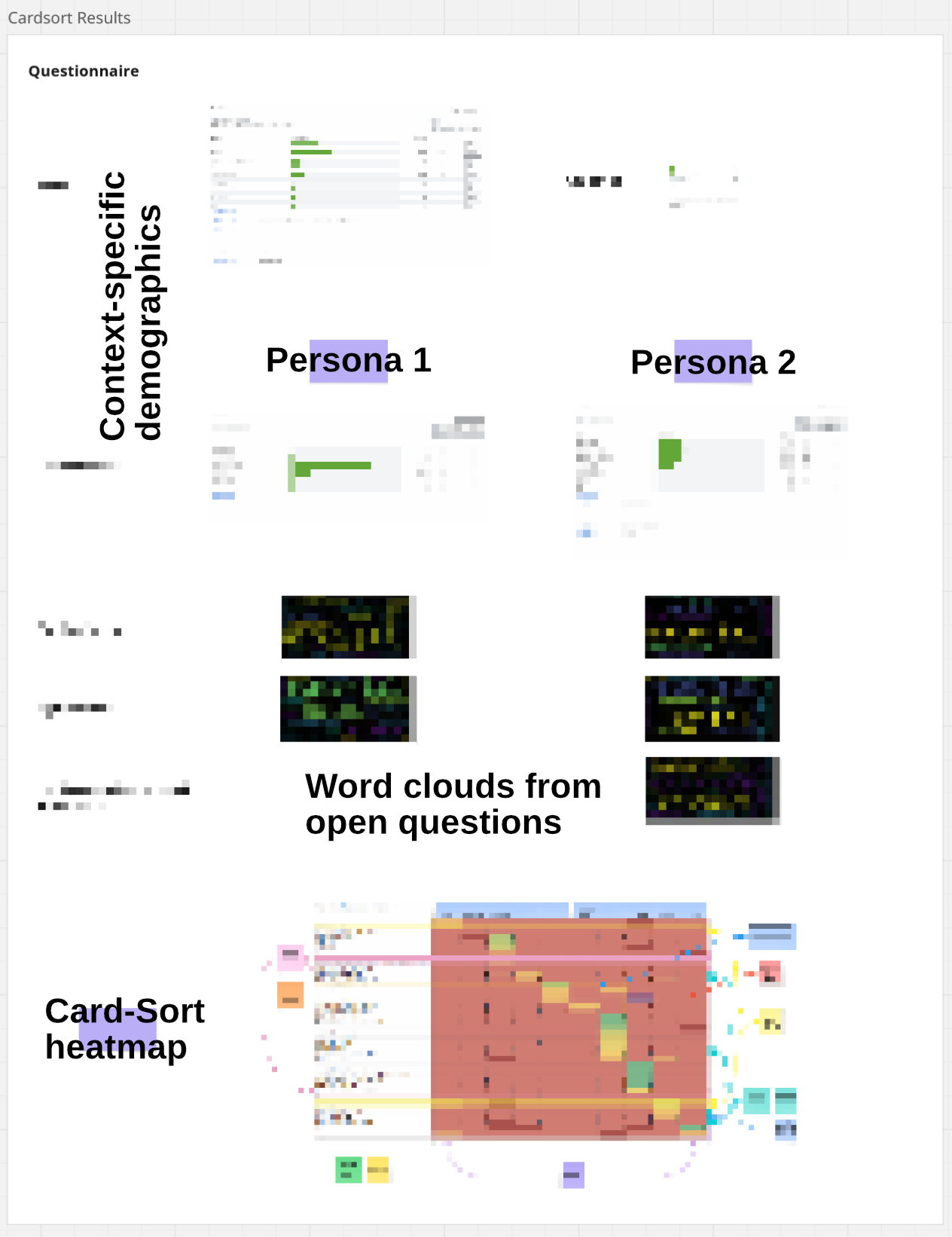Website Merger
2023 / RESEARCH / STRATEGYWhile I was working for The User Story, a client organisation merged on a large scale and needed to join two public marketing websites. They contracted us to help kick off the process and develop a strategic approach to creating an information structure to their core businesses that could be extrapolated to the rest of the webpages.
Introduction
The goal of this project was to kick off merging two public websites as part of an organisational merger. The merging multinational provides products, information and services to a wide range of customers, with the two public websites combined totalling well over 1000 pages.
Scope and approach
Because of the large size of both websites, we started by focusing on the key pages and demographics of both websites based on analytics. I started analysing and comparing the current page structures in those areas and gathering their commonalities and differences in a workshop. In this workshop, we converged on two approaches: an action-based architecture (users' current stated goal) and a audience-based architecture (users' general relation to the product portfolio).
With directors of the relevant parts of the business, we ran a workshop introducing them to our approaches and inviting their commentary. While everybody brought their own perspective, we managed to convey the challenges of creating a useful navigation structure and fostered constructive discussion that got us support for our approach across directorates.
From the website analytics we also knew that most users don't start their visit from the home page. Instead, they enter at various points from search results. Because of this, I proposed we focus on enabling strong horizontal navigation instead of assuming a linear approach from a single origin. This is difficult to model in a page tree in most testing suites, but I tried to approximate in our tree tests on Optimal Workshop.
User testing
Looking at the first test's results, it was clear that the audience-based architecture worked better for our target demographics, and I ran a second, more detailed tree test in order to explore some of the scenarios we omitted in the first test. Off the back of the results of the second test we made some more adjustments and pursued another two simultaneous tests:
While another designer worked on a prototype based on my wireframes, I ran a survey with mixed closed and open prompts, as well as a closed card-sorting exercise to investigate the language customers use around some concepts that showed some confusion during tree testing. The results of this test were only partially helpful, but with what I learned from the survey I adapted the language used in the prototype and ran an unmoderated usability test in Maze. For each of the tasks I had participants record their commentary as well, which came in helpful when investigating causes for confusion or unusually long completion times.
Outcomes and learnings
I finished with a well-documented approach and learnings that could be applied to the rest of the website with ease and confidence by the responsible team. Throughout this project, I learned how to radically prioritise research scope and still gain insights that can be extrapolated beyond the immediate scope. This was also my first exposure to working directly with the board of directors, and while daunting at first, I quickly grew to appreciate the different perspectives and difficult questions.


